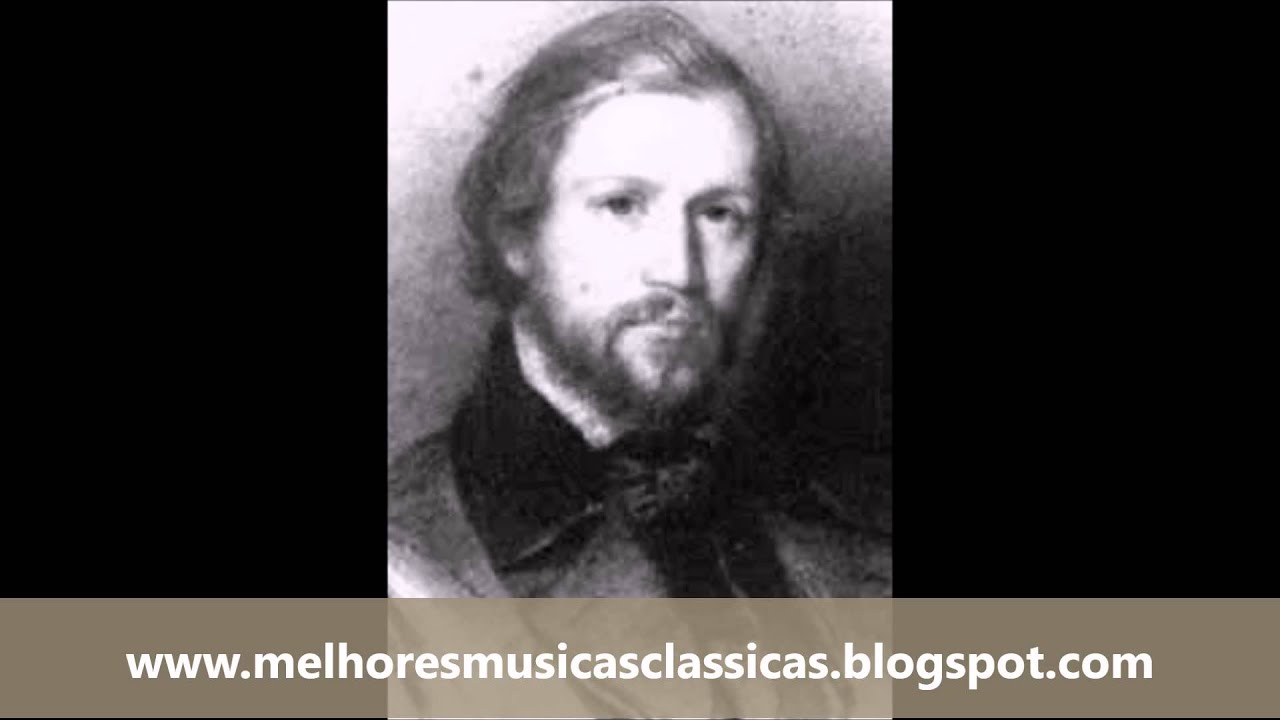
Arvo Pärt – Variations for the Healing of Arinushka
Arvo Pärt – Variations for the Healing of Arinushka Arvo Pärt (born 11 September 1935) is an Estonian composer of classical and religious music. Since the[…]

Widor – Toccata from Organ – Symphony No. 5
Charles Widor – Toccata from Organ – Symphony No. 5 The Symphony for Organ No. 5 in F minor, Op. 42, No. 1, was composed by[…]

Henri Duparc – Elegie
Henri Duparc – Elegie Eugène Marie Henri Fouques Duparc (21 January 1848 – 12 February 1933) was a French composer of the late Romantic period. Son of[…]

Debussy – Prelude to the Afternoon of a Faun
Claude Debussy – Prelude to the Afternoon of a Faun Prélude à l’après-midi d’un faune (L. 86), known in English as Prelude to the Afternoon of[…]

Siloti – Symphony, from Cantata BWV 29
Alexander Siloti – Symphony, from Cantata BWV 29 Alexander Ilyich Siloti (also Ziloti, Russian: Алекса́ндр Ильи́ч Зило́ти, Aleksandr Iljič Ziloti, Ukrainian: Олександр Ілліч Зілоті; 9[…]

Willis – It came upon the Midnight Clear
Richard Storrs Willis – It came upon the Midnight Clear Richard Storrs Willis (February 10, 1819 – May 10, 1900) was an American composer, mainly of[…]

Charles Valentin Alkan – Alleluia
Charles Valentin Alkan – Alleluia Charles-Valentin Alkan (30 November 1813 – 29 March 1888) was a French-Jewish composer and virtuoso pianist. At the height of his[…]

Handel – Sarabande
Georg Friedrich Händel – Sarabande The dance may have been of Guatemalan and Mexican origin evolved from a Spanish dance with Arab influences, danced with a[…]

Schmidt – Notre Dame Intermezzo
Franz Schmidt – Notre Dame Intermezzo Franz Schmidt (22 December 1874 – 11 February 1939) was an Austro-Hungarian composer, cellist and pianist. Schmidt was born in Pozsony[…]

Satie – Gymnopedie 1, 2, 3
Erik Satie Éric Alfred Leslie Satie (17 May 1866 – 1 July 1925), who signed his name Erik Satie after 1884, was a French composer and[…]